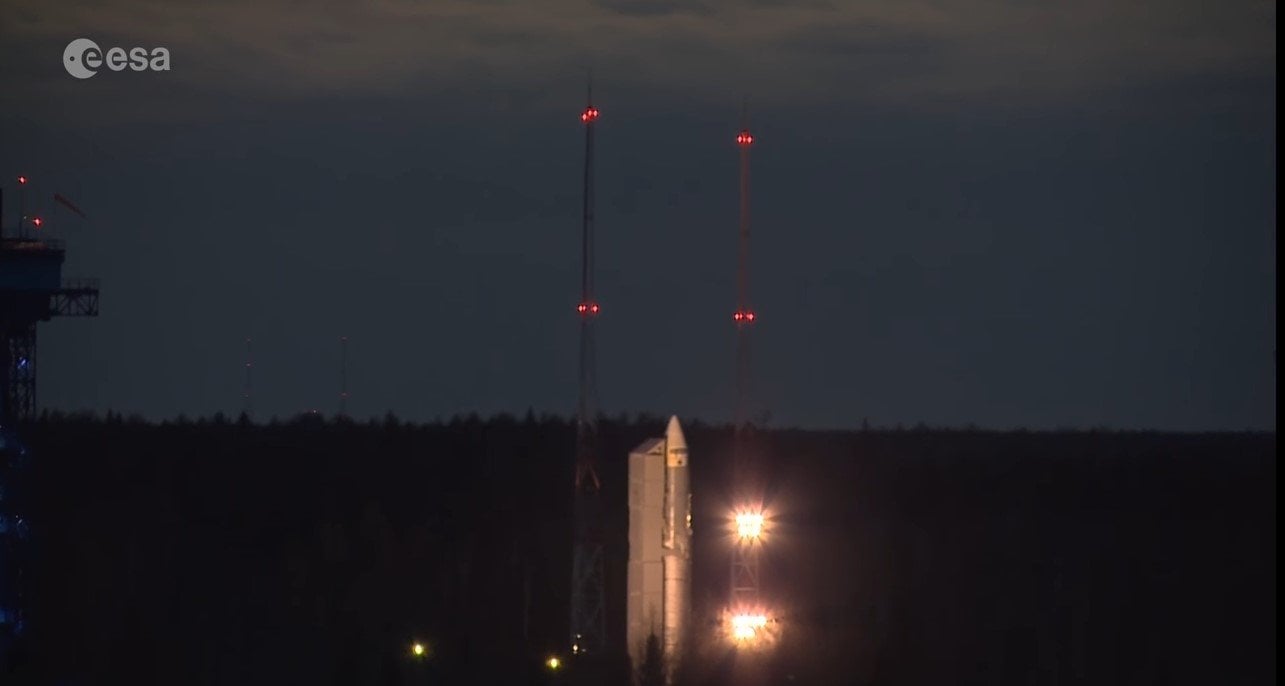The European Union has now launched Sentinel-3b – the latest of the Sentinel earth observation spacecraft.
Sentinel-3b has multiple goals, but the primary way in which it will be used is to monitor the behavior and health of the oceans. This satellite will join an identical platform, known as Sentinel-3a, that was sent into orbit around two years ago.
The BBC reports that Sentinel-3b is actually the seventh satellite the European Union has launched in their Copernicus program – a collaboration intended to put a huge amount of Earth observation data in the hands of scientists, businesses, policymakers, and the general public. The data collected by Sentinel-3b and its sister satellites will no doubt provide us with quality information about various aspects of our planets’ functioning – allowing us to take a birds-eye-view of our environment and address any issues as necessary.
As mentioned above, one of the premier benefits of the Copernicus program that Sentinel-3b is continuing is the ability to transmit information to anyone in the world that has access to a computer and an internet connection. With freely accessible information about our world’s environment, it’s clear that the Copernicus program was designed with the information of all and advancement of science in mind rather than some sort of hoarding of information. Indeed, while science can often be a competitive field, in matters concerning our Earth there’s something to be said for collective sharing of information that can lead to the further advancement of our collective knowledge.
The Sentinel-3b mission is designed to accomplish a number of projects -ranging from measuring the thickness of Arctic sea ice and monitoring wildfires to assisting with identifying marine pollution and hurricane-forecasting. It’s clear that the capabilities of the EU’s new satellite are immense, and should be transmitting a huge amount of data for years to come.
The European Space Agency has actually opted to do things a little different with Sentinel-3b, however, at least from a launch perspective. With the Russian Rokot launcher injecting 3b just in front of 3a, they’ll be able to compare the devices’ performance and determine how a fresh device that just now launched compares with the data of one that has been in orbit for a couple of years at this point.
This positionally should also eventually lead to two perfectly cross-calibrated spacecraft encompassing our planet’s observation entirely.
Britain has been heavily involved in the ESA’s space projects, but with their impending exit from the EU after the Brexit vote, there has been some contention regarding the data from another project called Galileo. Given the access everyone has to the data from Copernicus, however, it’s likely that this project won’t be met with the same uncertainty. It’s clear, however, that Britain and the EU will have to work out how they want to collaborate in the future as Britain starts to part ways with the rest of the Union.





